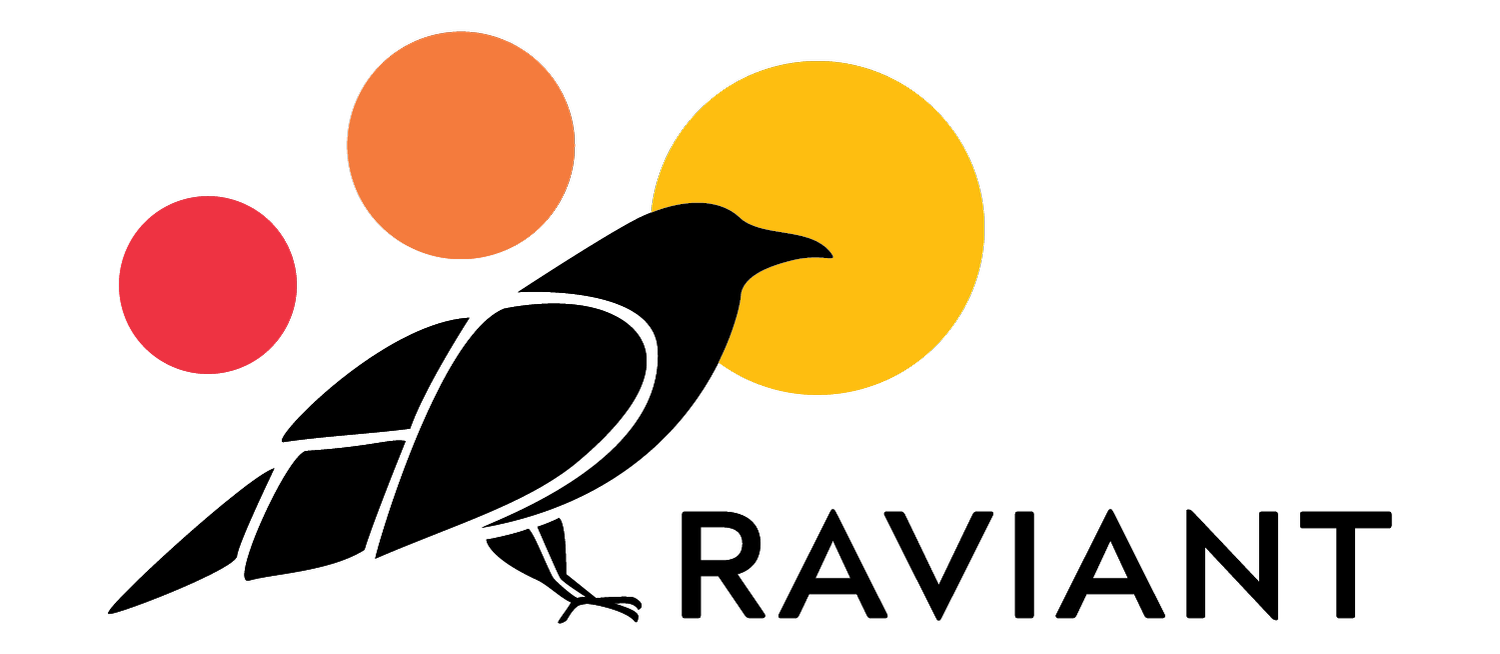Erin Kinavey Wennerstrom
Erin (she/her) has worked in the field of early childhood for over 20 years. She has worked as a Head Start coordinator, early intervention home visitor program (Part C, EI/ECSE) administrator in child welfare, university lecturer and mental health clinician. Erin has graduate training and certification in early childhood special education and counseling and is a Licensed Professional Counselor (LPC).
Masters of Education (M.Ed.)
National Certified Counselor (NCC)
Licensed Professional Counselor (LPC)
Infant Mental Health Specialist (IMH-E®)
Alaska and Oregon teacher certified
Anders Kinavey Wennerstrom
Anders (he/him) is a facilitator of individual and organizational change with 20 years of experience in the healthcare field. He has held practitioner and leadership roles in quality improvement and organizational change management. He has worked as a leadership coach since 2015 and has completed additional training in Trauma-Informed Coaching. Anders is also a registered yoga teacher working on integrating traditional practices with the emerging knowledge about the brain, meditation and mental well-being.
Master of Business Administration (MBA)
Bachelor of Science in Systems Analysis (B.S.)
Lean Six Sigma Master Black Belt (LSSMBB)
Professional Certified Coach (PCC)
Certified Professional Co-Active Coach (CPCC)
Trauma Informed Coach Certification (TICC)
Registered Yoga Teacher - 200hr (RYT-200)
“The way we experience the world around us is a direct reflection of the world within us.”
— Gabrielle Bernstein
Why focus on work-force well-being?
Even prior to the COVID-19 pandemic, education and healthcare were suffering from high rates of stress, burnout and turnover. Shortages of teachers, nurses and primary care doctors will continue to get worse if we don’t address the situation.
Data from before the pandemic suggest that as many as half of new teachers left the profession entirely within 5 years. In healthcare, it may take new registered nurses only 2 years before half of them leave.
Imagine 4 years of college and student loans, only to leave your chosen profession after 2-5 years, full of conflicting emotions about what is the right choice – idealism and cynicism on opposite sides of the seesaw, and with few good alternatives.
Unless we want to accept this situation, expensive for our larger society, education and healthcare organizations and individuals alike, we must get to the root causes of these issues.



